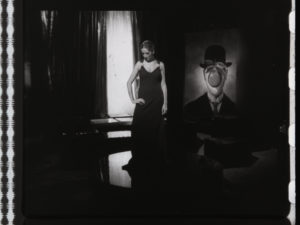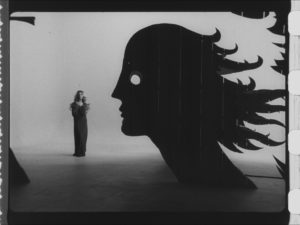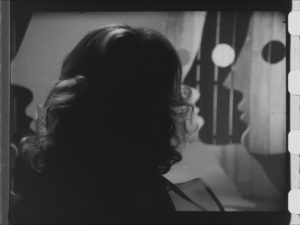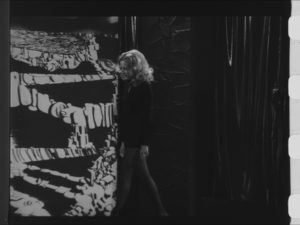Breakfasts and last prime-times with Mina
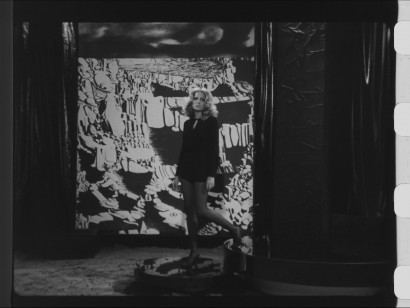
by Emmanuel Grossi
With the Carosello shorts filmed in 1970 by Valerio Zurlini, Barilla created for us one of many other milestones of Italian advertisement campaigns.
The synergy between works of contemporary art, the skillful contrast between lights and shadows (created by the cinematographer Erico Menczer, who most likely was replaced by Tonino Delli Colli halfway through production) and a tanned, beautiful, skinny thirty-some Mina wearing extremely short mini skirts, gave spark to a truly magic alchemy.
The musical selections contributed largely to this: an elegant and well prepared repertoire, with superb and vocally challenging selections (I problemi del cuore, Non credere, Un colpo al cuore, Viva lei…) made even more precious by the presence of great authors (Sergio Bardotti, Daiano, Paolo Limiti) and singer songwriters such as Lucio Battisti (Insieme), Chico Buarque de Hollanda (C’è più samba), and Luigi Tenco (Se stasera sono qui). Further precious jewels are the songs Una mezza dozzina di rose (a rare instance of a text that Mina authored together with Limiti and Augusto Martelli) and Attimo per attimo, composed by Antonio Amurri and Berto Pisano for the movie Yes, Sir! written by and featuring Ugo Tognazzi, which was never published as a 45 rpm record.
The setting by Gamma Film of Milan (a trustworthy firm since the times of the commercials by Enrico Sannia that came after Canzonissima) left nothing to chance. Indeed, the series won two awards at the Bagatto d’Oro festival, in the television section: for best (musical?) commentary and best female performer. In addition to the Carosello shorts, the color photographs taken on the set by Roberto Bertolini and used in various circumstances, including as record covers, add value to this.
We are witnessing one of the highest peaks reached by Carosello. However, it was also a crucial moment for the Company: these were the last shorts with Mina (who took a two year sabbatical to reappear later in a totally different context for Tassoni’s citron soda), and the last collaboration with Gamma Film. Most of all, it was the sumptuous salute of the Barilla brothers to the family “creature”, which they shortly thereafter sold to the American Multinational Grace (from which Pietro alone bought again at the end of the decade). The advertisement communication campaigns suffered from this, and entered into a less dazzling and memorable period, perhaps.
Warning signs of what happened in the fullness of the 1970s could be seen aforehead: for the first time the endings of Carosello shorts (always of a subdued tone with respect to the entertainment section) are not totally focused on pasta. In the last of the three cycles scriptures by contact (September-October 1970) Mina, leaving aside virtuoso singing performances and acculturated quotes, appears again in a less formal manner. She is filmed by director Pierpaolo Venier while she eats rusk bread, jam and butter for breakfast, and introducing grissini sticks, “her bread”, at the end. Thus, the oven baked products line by Barilla entered the Carosello show, and a few years later this would take on his own independent path under the new brand name of Mulino Bianco.
